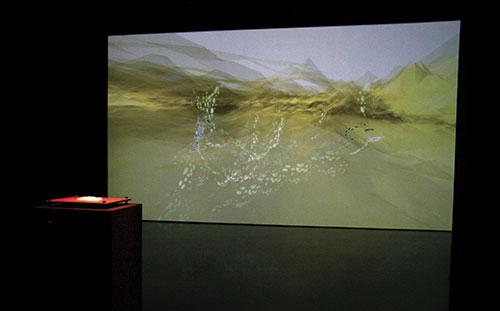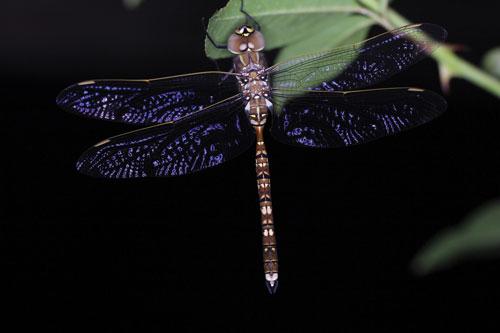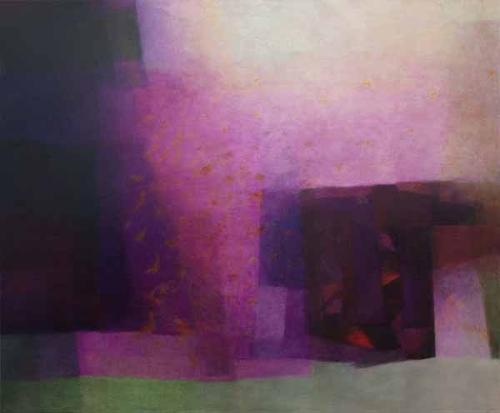
Artist Run Initiatives (ARIs) are an alternative to the more dominant models of commercial galleries or museums, because they are co-operatives that are managed by artists with the aim of providing opportunities for new, emerging, and mid-career artists and curators to further their practice. Unfortunately, ARIs are often overlooked and only sometimes reviewed. There are various underlying factors that limit them from being reviewed, such as the high turnover of their exhibitions, and their limited networks of communication. However, even with such shortcomings, ARIs are a legitimate and necessary model in the arts industry as they provide different and new opportunities for experiencing art.
Recent exhibitions such as Threads, a solo show by Maryanne Coutts in Articulate Gallery and Galleryeight group show Drawing Abroad, highlight how ARIs can provide different opportunities for experiencing art. Articulate Gallery has an industrial feel, with exposed beams, electrical wiring and brick walls. This atmosphere adds to the raw energy of the exhibition, which aims to unpick the threads that connect the individual to the whole. The stand out piece is Critical Mass (2013), a series of watercolour drawings of faces that are projected onto a large piece of calico suspended from the ceiling. Due to the translucent nature of the calico, double images are created which blur and bleed into each other. The projected faces contort when the fabric moves, creating an eerie feeling as if they are coming to life. The strength of this exhibition is that it provides an immediate and easily relatable experience.
Galleryeight's Drawing Abroad aims to investigate the meaning of drawing. Inside the gallery’s small space the dynamic drawing Energy (Drill Drawing) (2014) by Hanna ten Doornkaat is placed opposite the repetitive, print-like drawing Untitled (2014) by Paul Lee whereas Brooke Carlson’s spontaneous charcoal drawing Automatic Drawing #6 (2012) is juxtaposed with Jonathan McBurnie’s Precipice (2014) a figurative watercolour and ink landscape. So much is achieved in this small space, with only a handful of art. Only one small wall text with the artists’ names is present, the rest of the information is left for the visitor to experience from the art and the space. Both Threads and Drawing Abroad offer an immediate experience and encourage contemplation. There is no over-intellectualising. You do not feel rushed or that every movement you make is mapped. There is no overly enthusiastic exhibition shop at the exit to encourage you to buy a piece of your experience. You can buy the art from an ARI if you wish, but the feeling of experiencing raw and uninhibited art is priceless.
Factory 49 was once a factory and as a showroom it can be likened to the end of the production line. It is a place where artists can exhibit art that they might not be able to in a commercial gallery. ARIs like Factory 49 provide opportunities for artists to experiment and test new ideas without pressure to sell. The Paper exhibition built on this rationale, and encouraged the invited artists to explore paper as a medium. The artists produced markedly different interpretations from Kate MacKay’s 100 squares (2014), which is a repetitive coloured grid of paper squares to Julia Kennedy-Bell’s installation Paperknot (2014), a mass of differently coloured strips of paper glued on top of each other, which fills the room with vibrancy and energy.
Paper and drawing are alternatives to canvas and painting, just like ARIs are an alternative to commercial galleries or museums. It is easy to pit these models against each other, but this approach fails to recognise each one as a legitimate model for showcasing art. It is more constructive to consider that ARIs give opportunities for beginning artists to learn essential skills for installing and exhibiting art. Just as paper and drawing are elementary and fundamental building blocks of art, so are ARIs in the art industry. With such an important and necessary role, it is a wonder that ARIs are so seldom reviewed.












